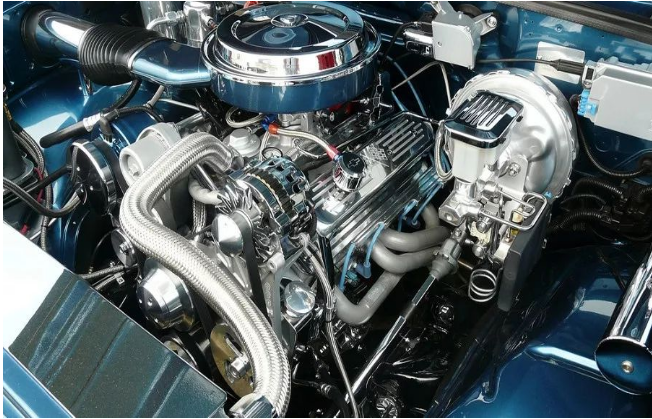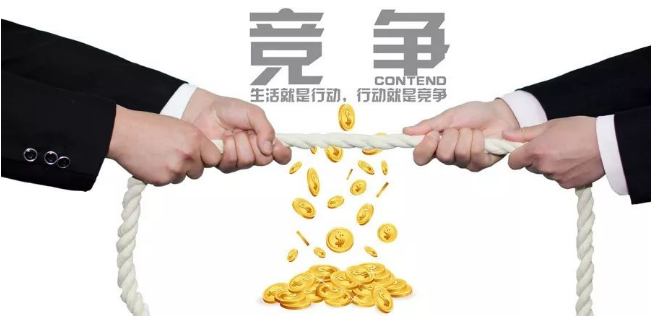
The competition pattern of auto parts industry and the risk analysis of the industry development itself
2021-09-15
1. Industry overview
As a supporting industry of the automobile industry, the auto parts industry is closely related to the automobile industry. It is the foundation of the automobile industry and an important pillar supporting the sustainable development of the automobile industry. Vehicle manufacturing and technological innovation require parts as the foundation, and the innovation and development of parts and components play a role in promoting the vehicle industry. The two influence and interact with each other. my country's auto parts industry is gradually separated from the automobile industry during the "Eighth Five-Year Plan" and "Ninth Five-Year Plan" period, and the technological development capability of auto parts lags behind the development of complete vehicles, which is mainly manifested in the lack of finishing and supporting capabilities of domestic parts enterprises. Strong, the development and update speed cannot keep up with the pace of vehicle development, resulting in the inability of the parts industry and the vehicle industry to develop synchronously. After joining the WTO, the auto parts market has been further opened up. International auto parts manufacturers are optimistic about China's fast-growing auto market and the advantages of low cost, and speed up the process of establishing joint ventures or sole proprietorships in China.

2. Industry competition pattern
At present, the concentration of my country's auto parts industry is relatively low. A small number of strong parts manufacturers have large scale and financial strength, leading technology, competitive advantages in product quality and cost, and occupy most of the vehicle supporting market; most parts manufacturers, due to the production scale. Constrained by factors such as technical strength and brand recognition, it can only rely on price and cost advantages to win some low-end vehicle supporting markets, and is in a relatively passive position in the entire industry competition. In the market competition, the production activities of directly-affiliated professional factories and wholly-owned subsidiaries of OEMs are mainly subject to the deployment of OEMs, with a single product variety, large scale, and technical and management support from OEMs. Such parts companies are highly dependent on vehicle companies, so they invest less in market and technology development, marketing and services, and lack the ability to directly face market competition. The strong professional auto parts manufacturers have rich product categories and diversified customers, and their dependence on a single vehicle manufacturer is relatively low, but the competition among them is relatively fierce.

3. Basic risk characteristics of the industry
1. Economic and environmental risks
As a developing auto parts industry, most of its development momentum comes from the macro economy and the auto industry, and the development of the auto industry is greatly affected by the fluctuations in the global economic environment.
2. Policy environment risks
Policies related to the auto parts manufacturing industry mainly include industrial policy, environmental protection policy, tax policy and monetary policy. In general, under the pressure of energy conservation and emission reduction, the development of my country's auto parts industry will be affected to a certain extent, but the development of core parts and new energy auto parts will be supported by policies.
3. Market supply and demand risk
From the perspective of development trends, the output and sales of the auto parts industry will maintain a high growth level in recent years. However, due to the continuous expansion of parts companies and the slowdown in the growth rate of automobile demand, the overall production and sales rate of the auto parts industry There will be a decline, and there will be a slight excess of production capacity, especially for products with lower added value, which will be oversupplied.




